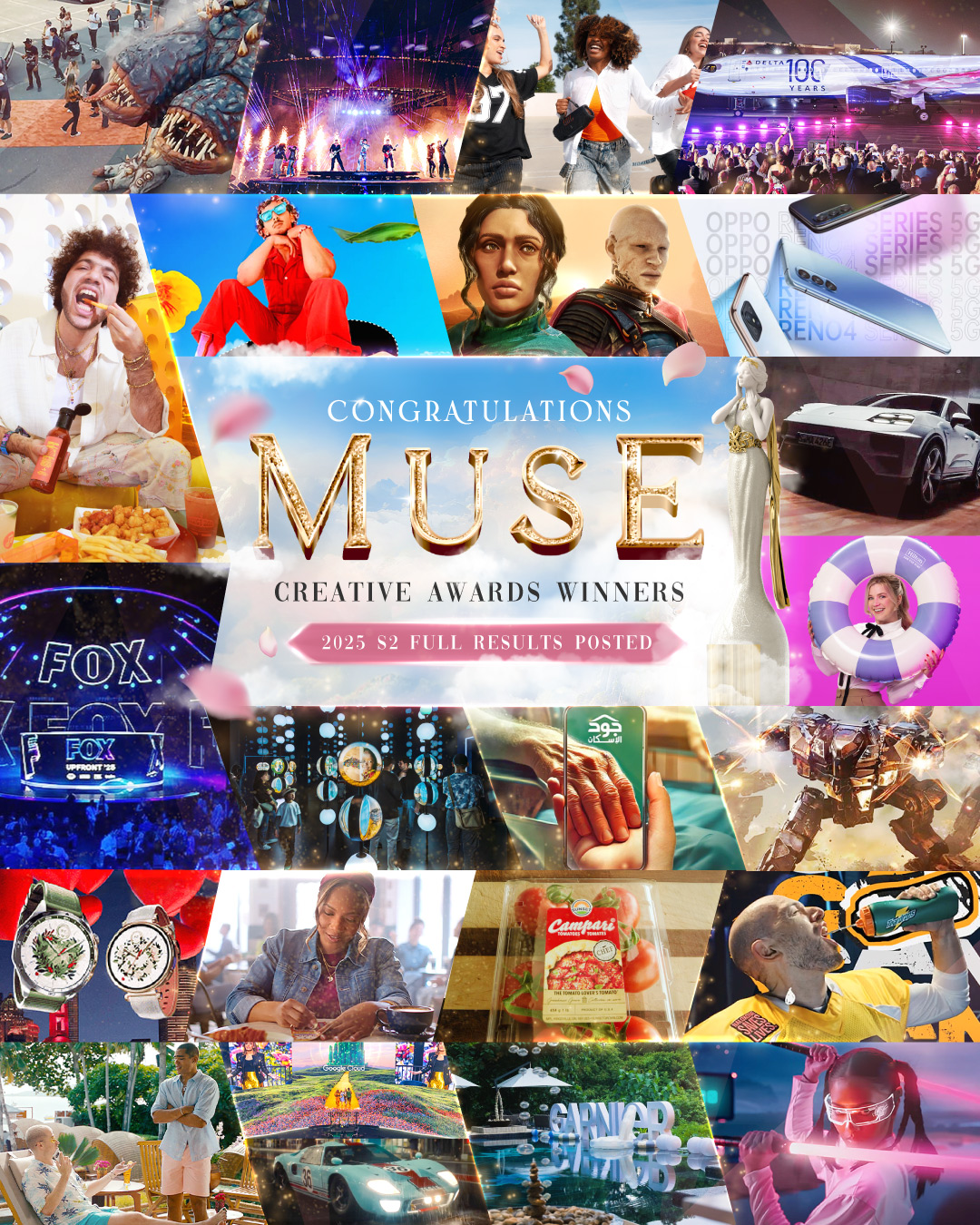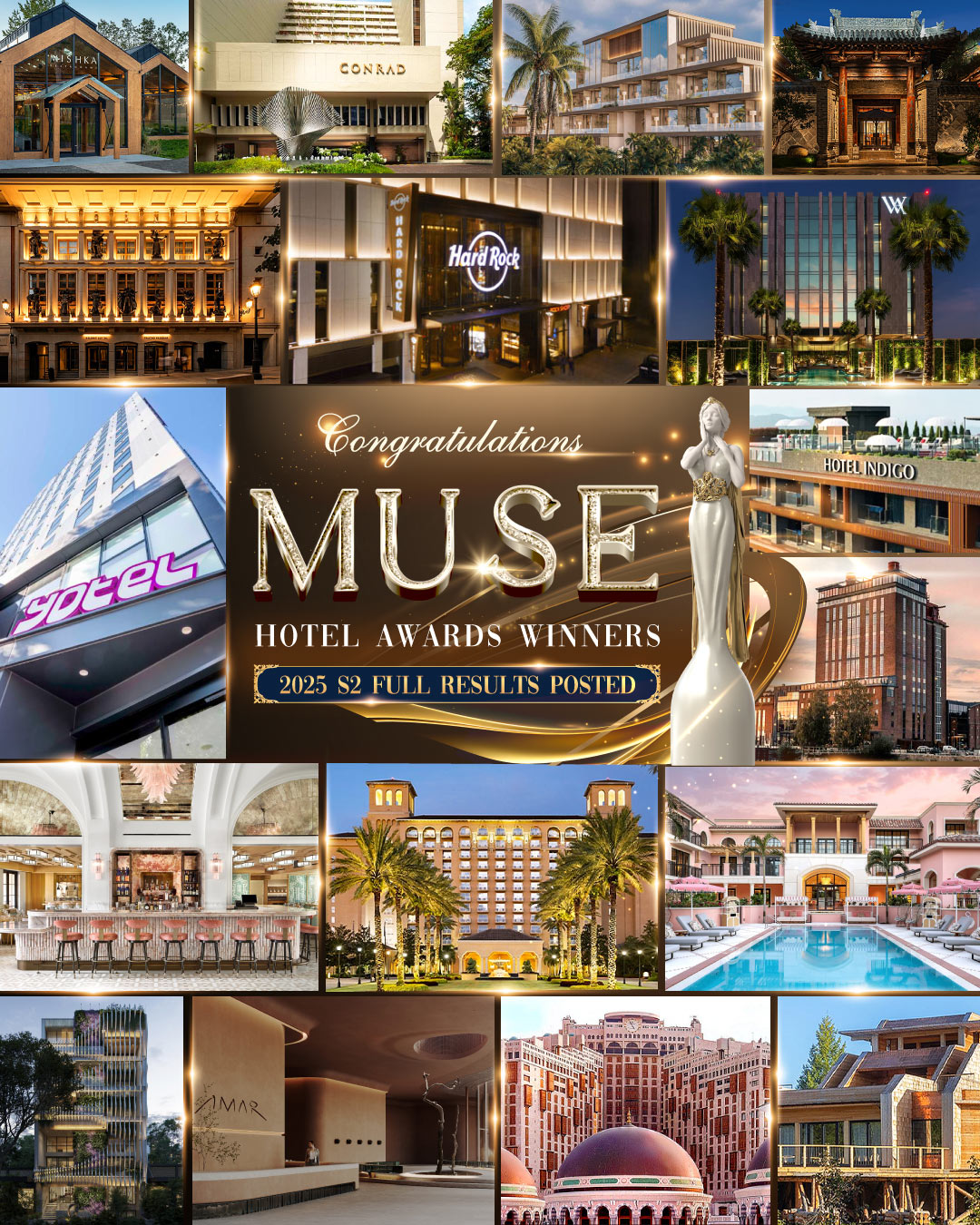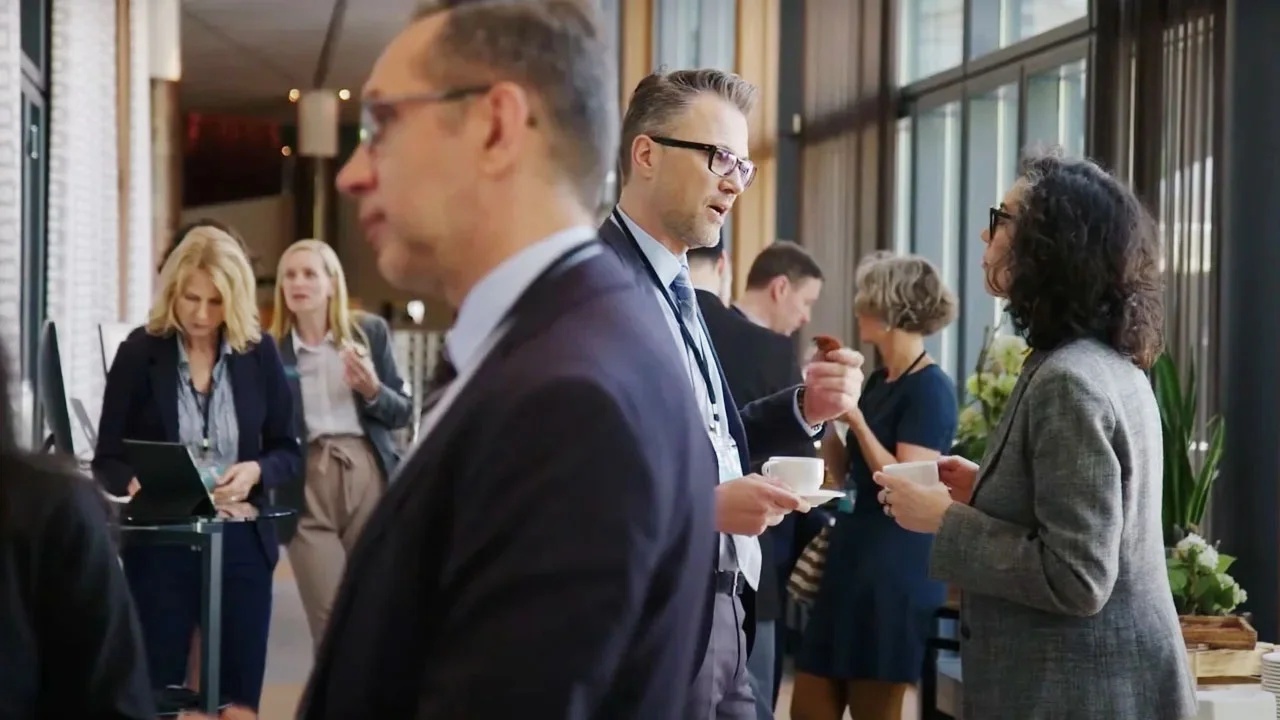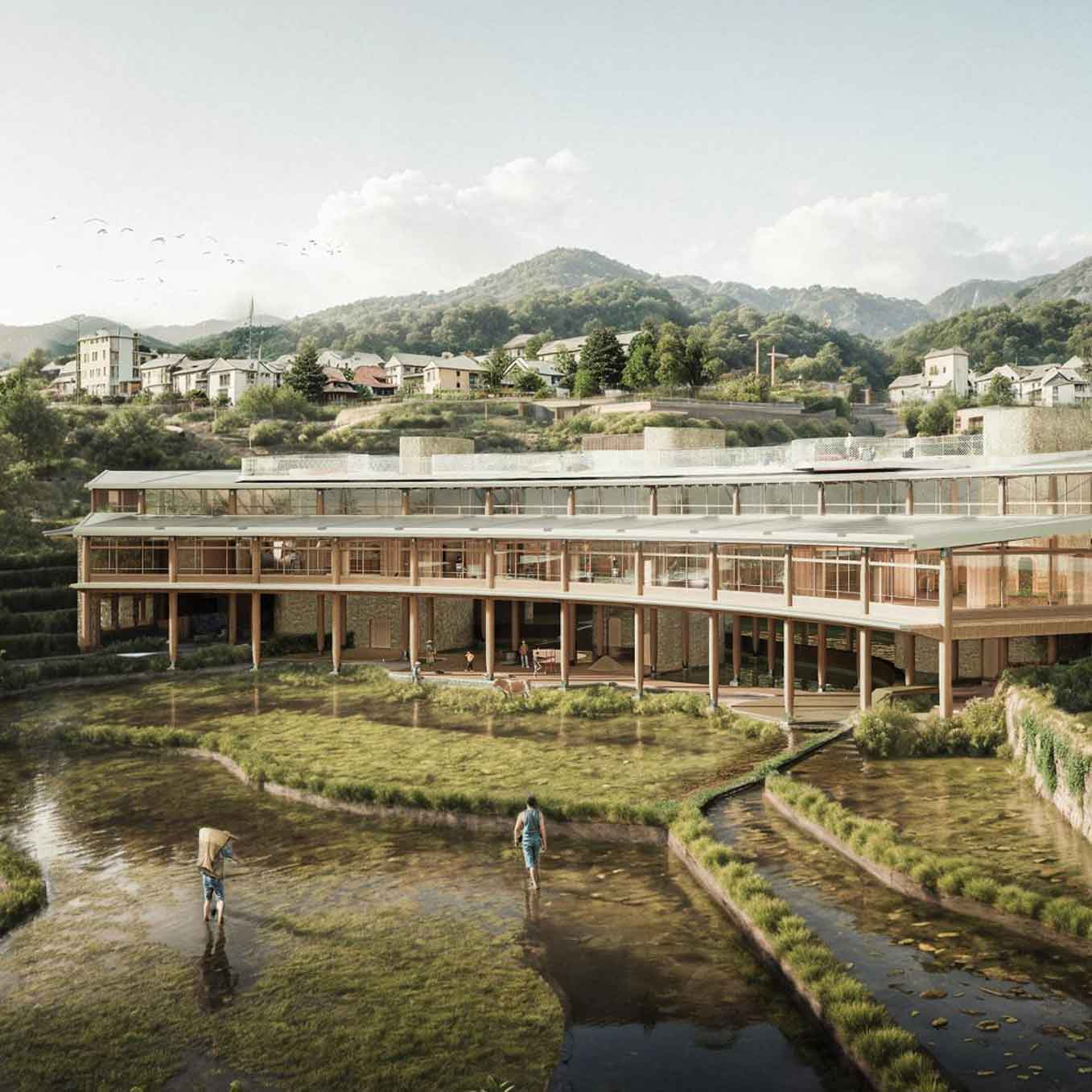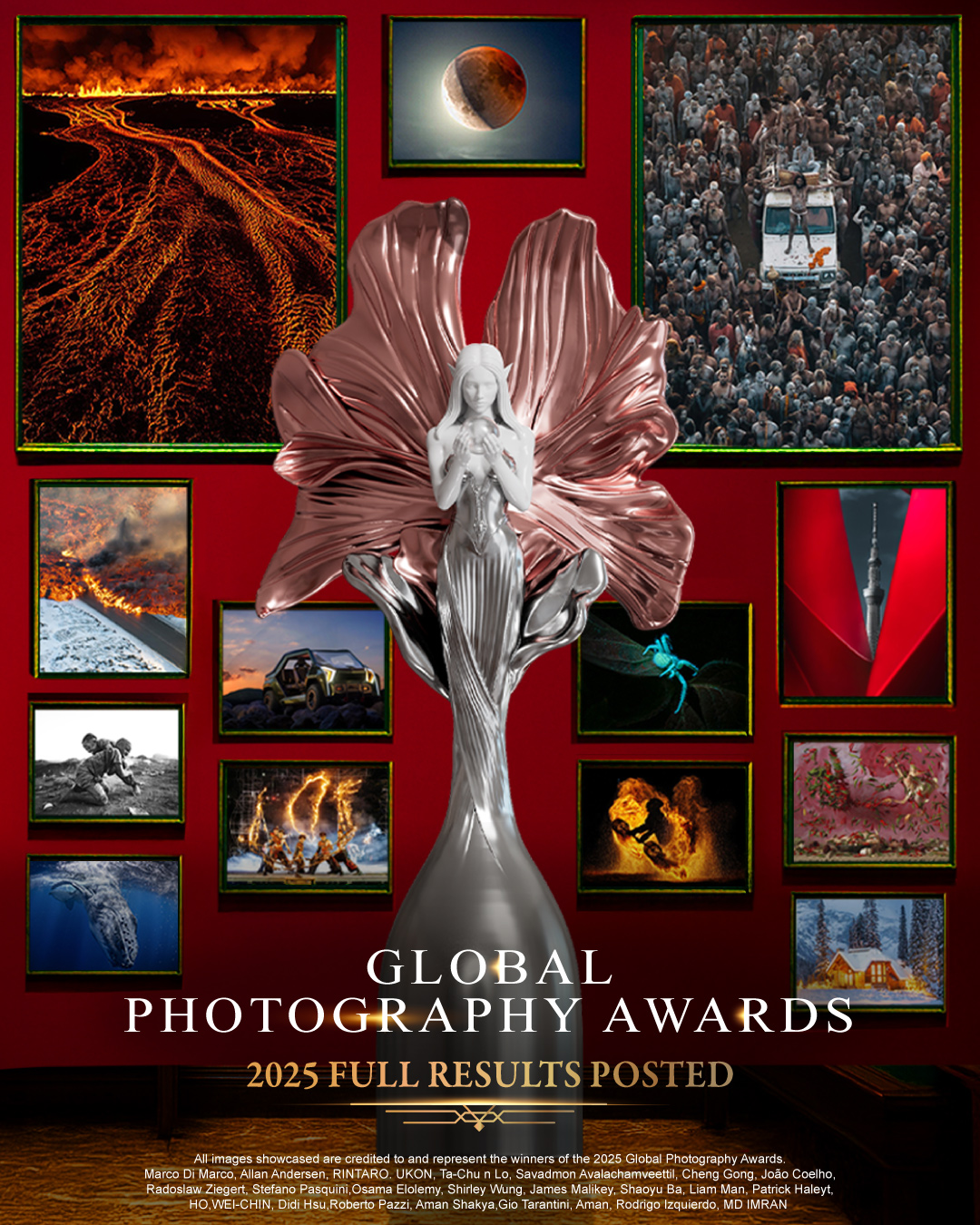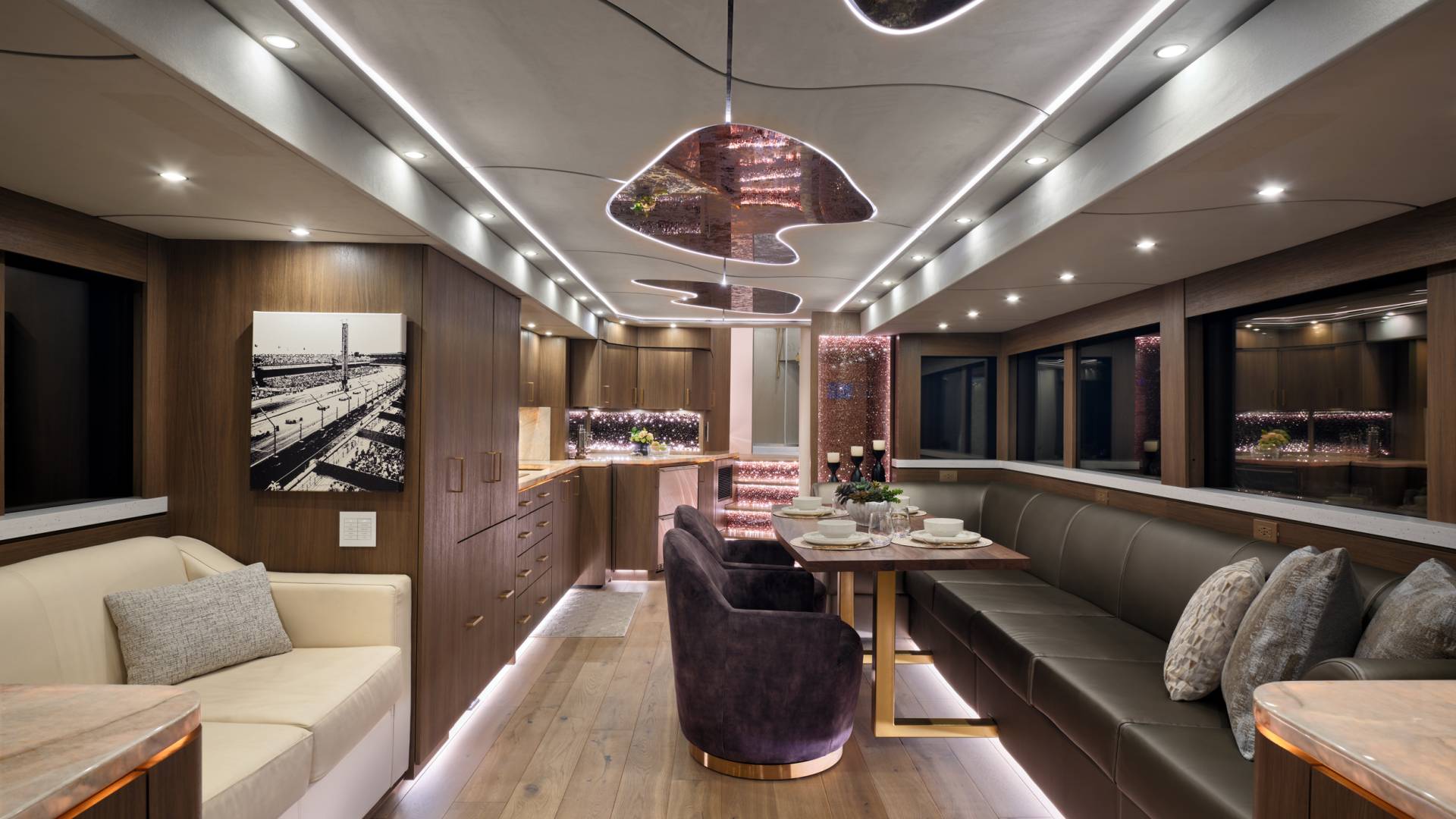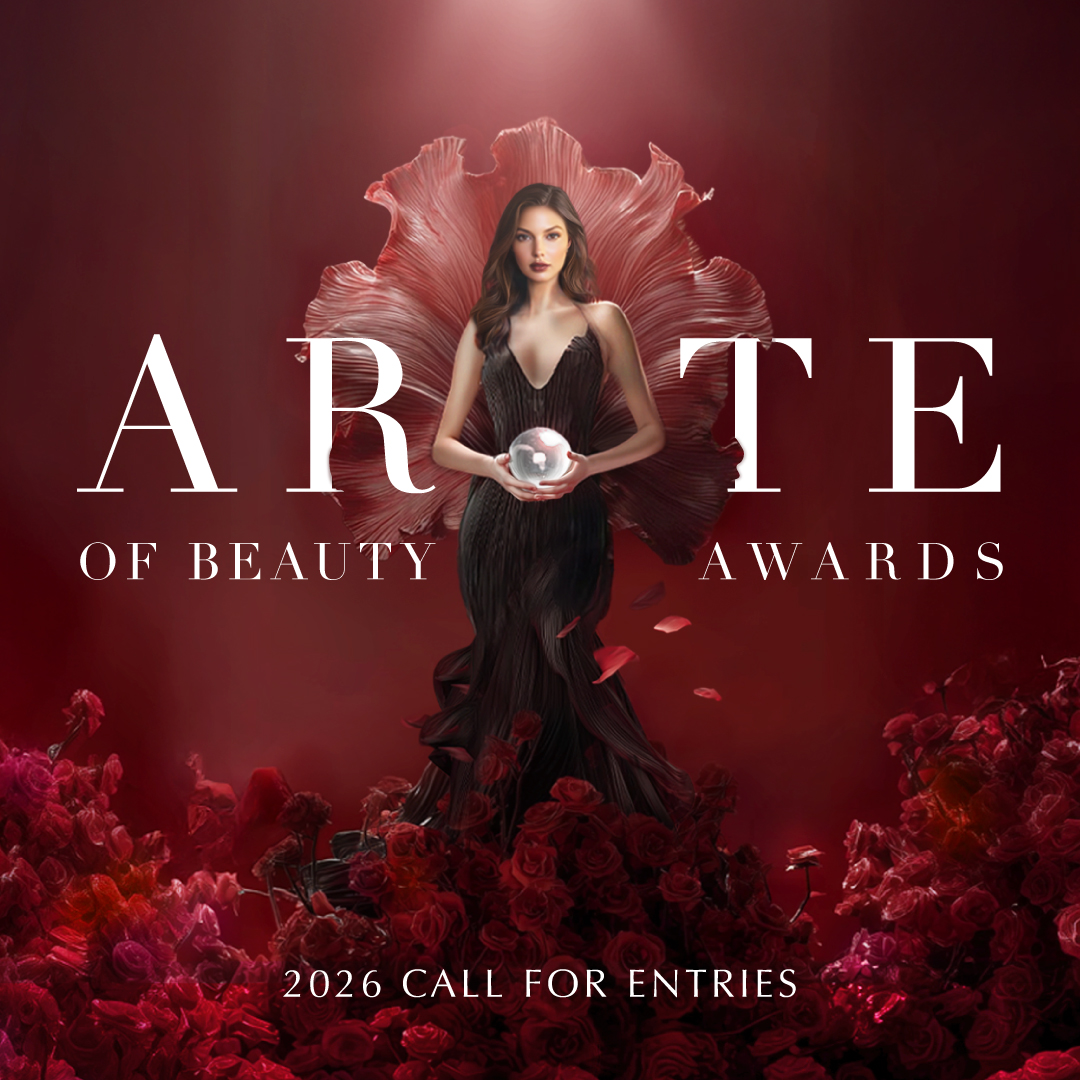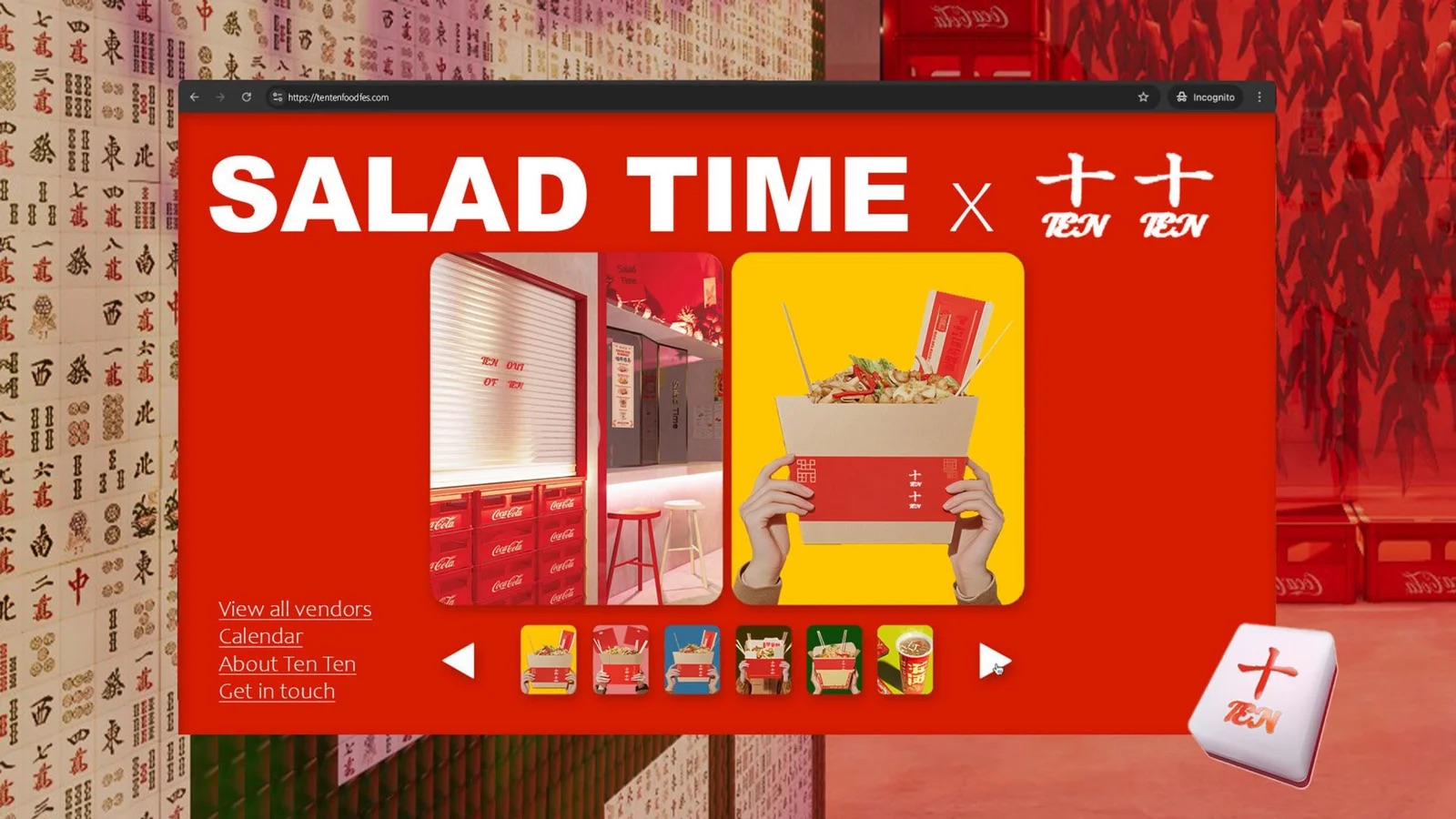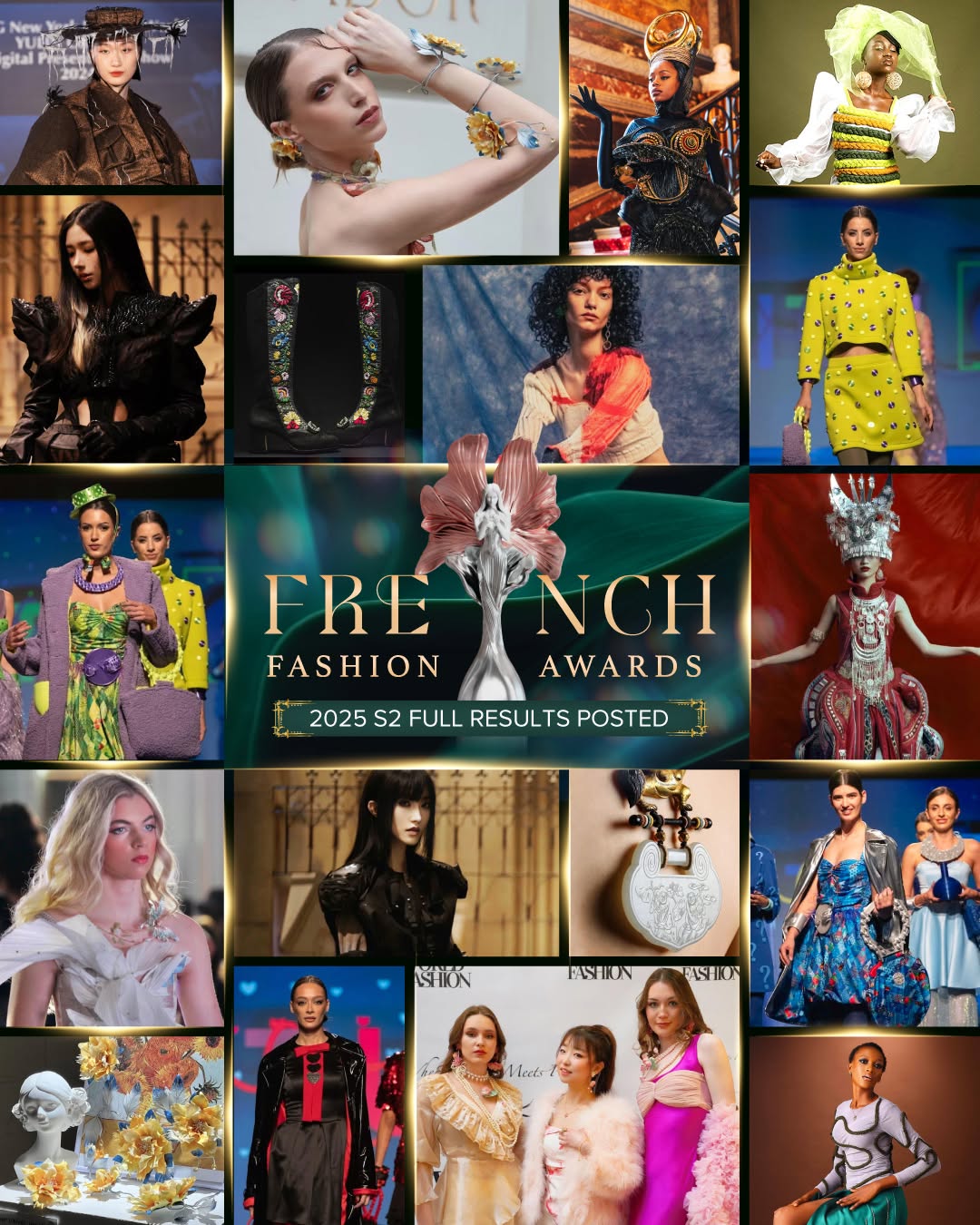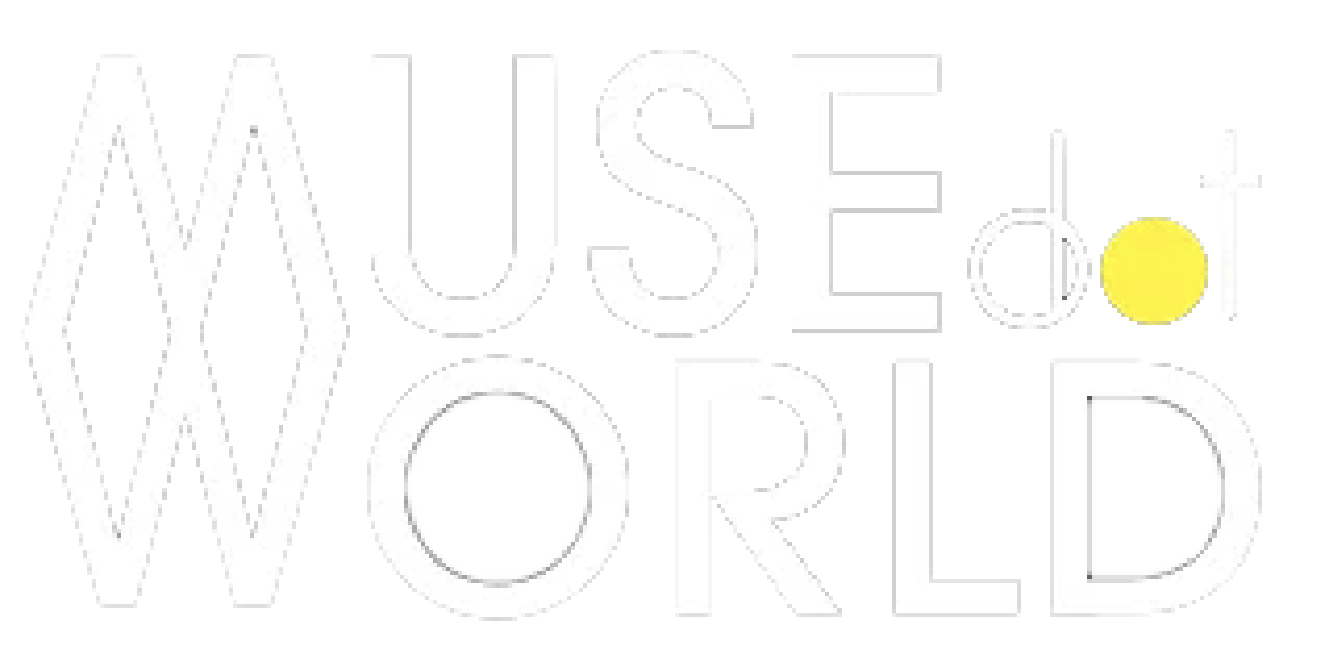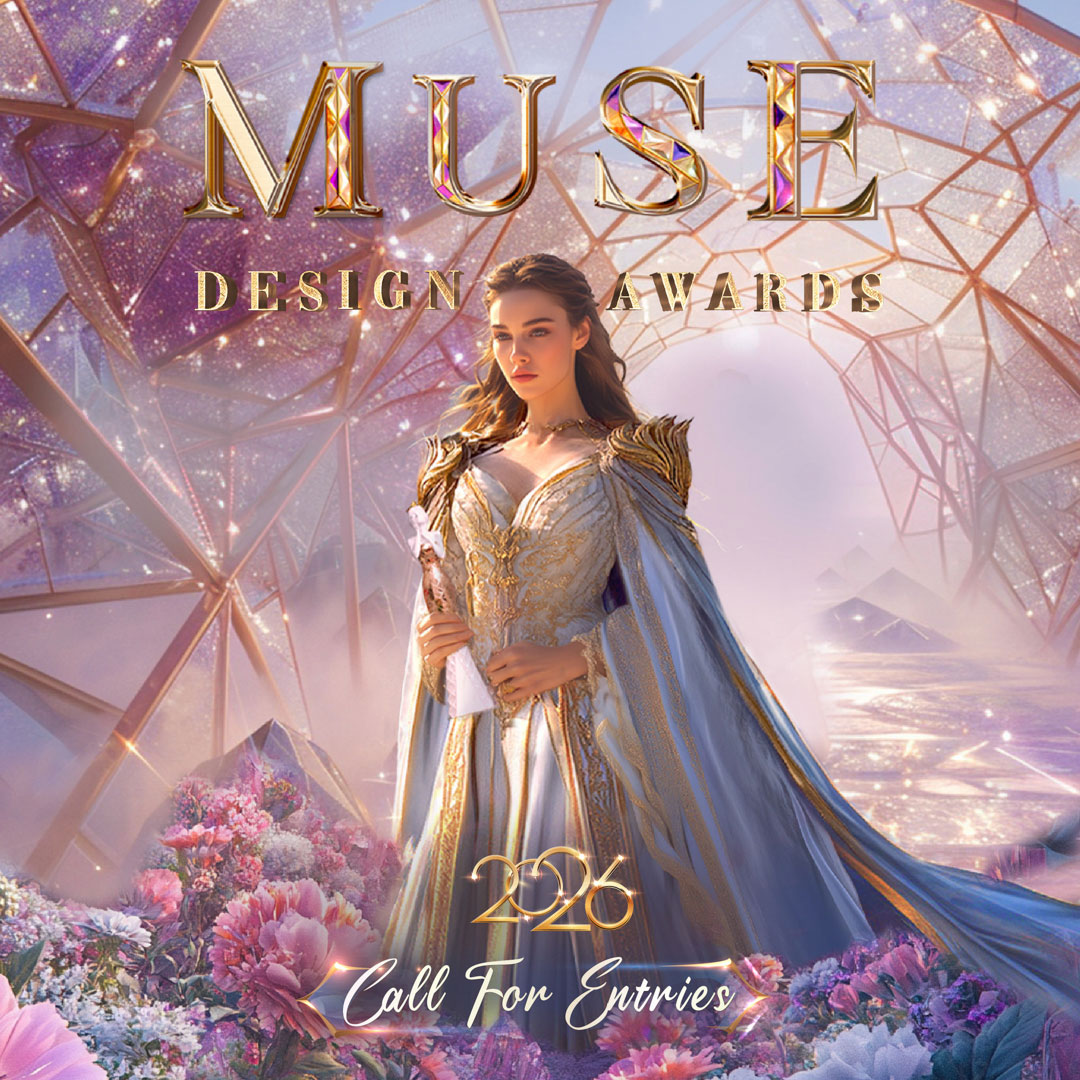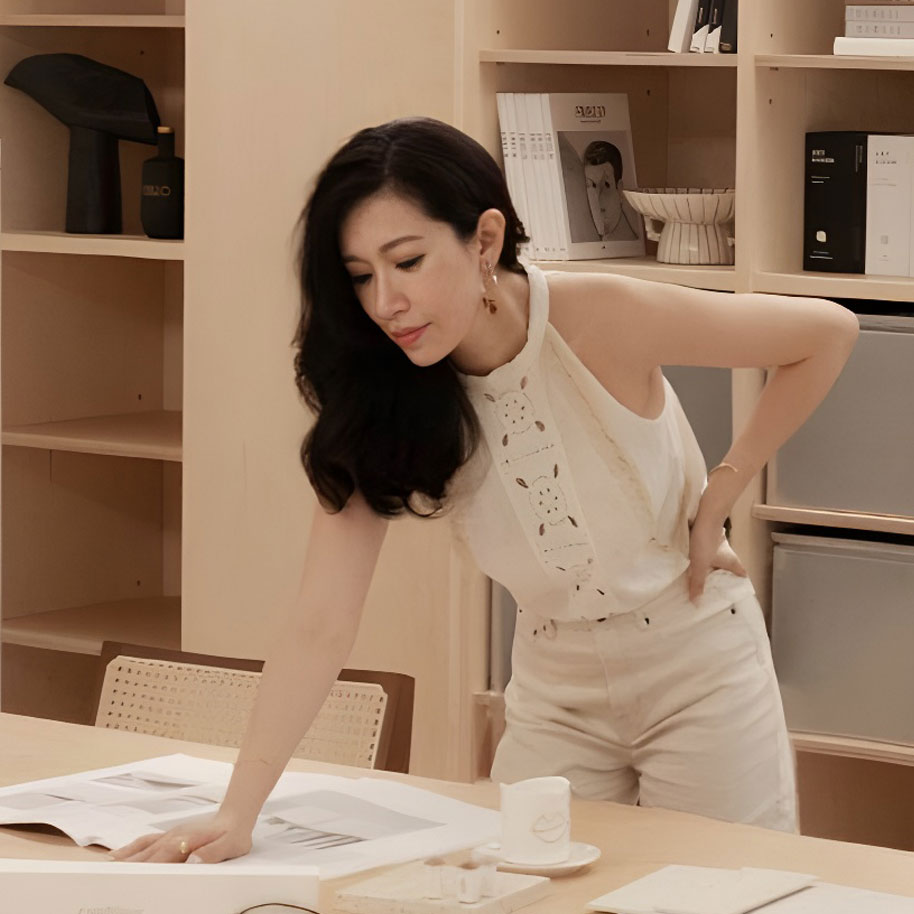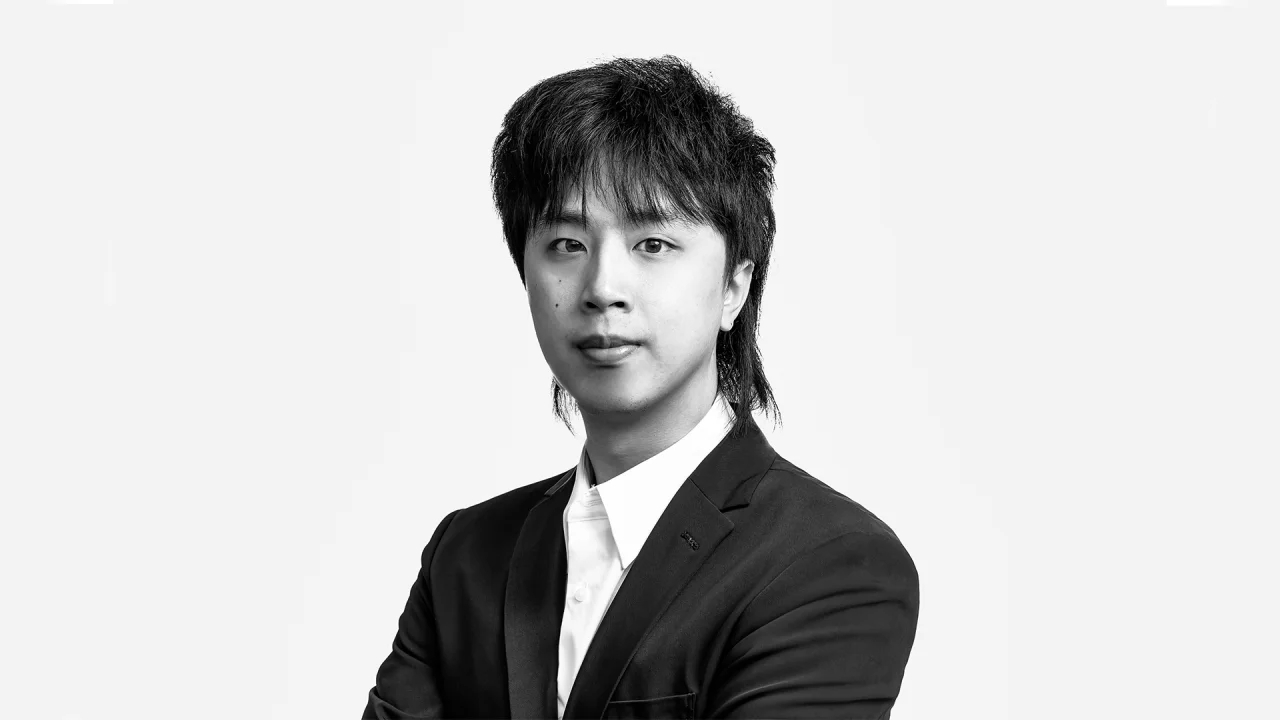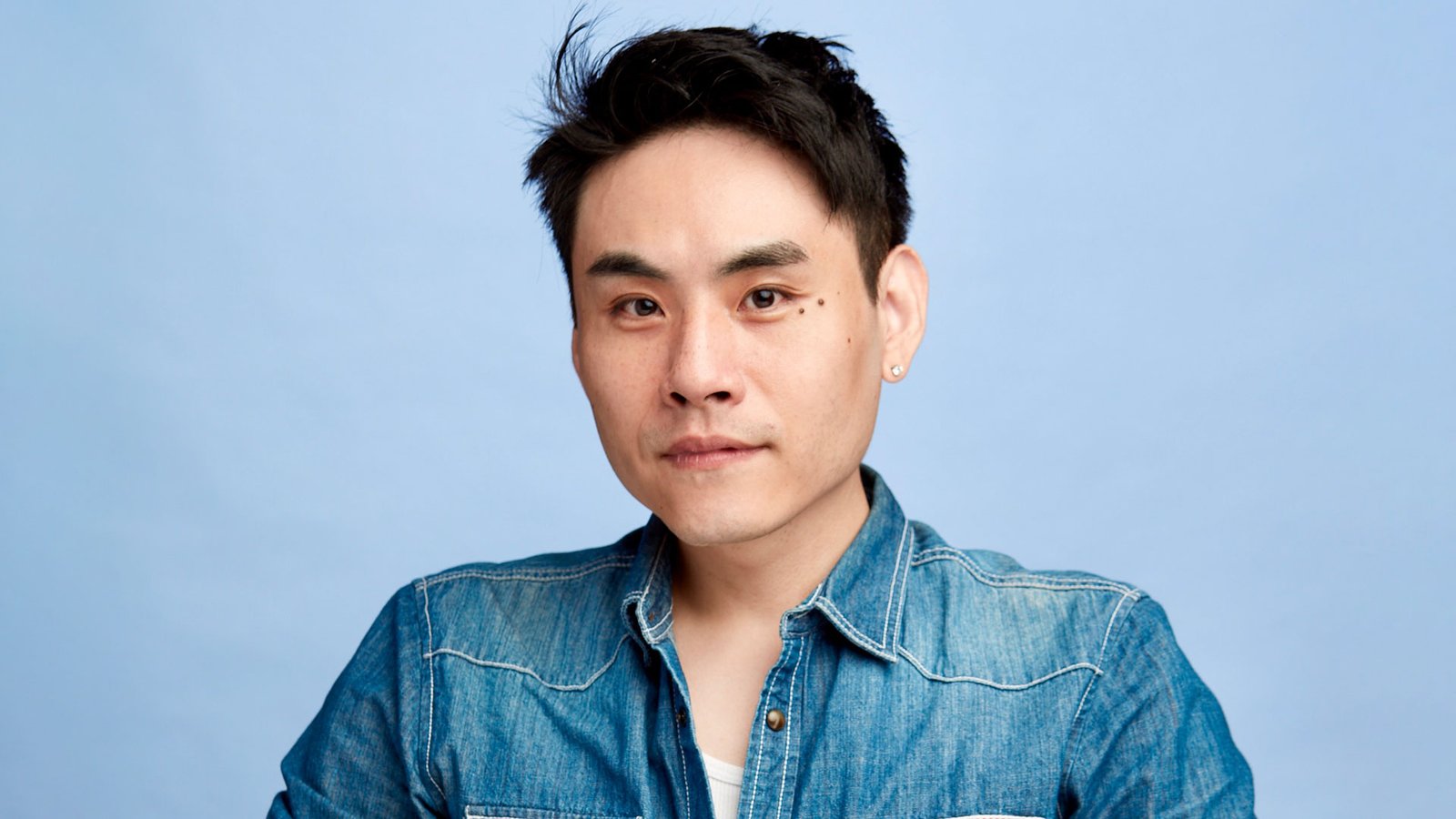Mingyang Yuan: Innovating at the Crossroads of Architecture and Furniture Design
Mingyang Yuan
Mingyang Yuan is an experiential designer with a multidisciplinary background in architecture and computational design. Fascinated by systems from an early age, she views design as a medium where art, science, and human experience converge, with the dynamic nature of spatial design continuing to inspire her work every day.
Thank you! I’m Mingyang Yuan, and I come from a multidisciplinary background in architecture and computational design. My passion for design began with an early fascination with systems—how things are formed, structured, and made.
Over time, I came to realize that design is a unique medium where art, science, and human experience converge. The dynamic nature of architecture and spatial design—where ideas take tangible and interactive form—continues to inspire me every day.
Being recognized by the MUSE Design Awards is an incredible honor—it affirms the value of thoughtful experimentation and the pursuit of design innovation. For my team and me, this recognition is not just about a single project; it reflects our ongoing commitment to exploring how emerging technologies, such as computational design and robotic fabrication, can enhance both the aesthetic and functional qualities of architecture and product design.
It is also deeply motivating. Awards like this provide a platform where ideas grounded in research and material investigation can resonate with a wider audience. They serve as a reminder that design has the power to communicate, to provoke, and to inspire—and that pushing boundaries, even quietly, can create a meaningful impact.
Winning the MUSE Design Awards has already made a strong positive impact. It adds professional credibility and international visibility to both our work and design approach, especially in experimental areas such as computational design and robotic fabrication. For me personally, it has opened meaningful conversations with collaborators, clients, and researchers who share an interest in pushing the boundaries between design, fabrication, and performance.
Within our team, it has reinforced the value of collaboration and rigorous design experimentation. It validates the countless hours spent iterating, prototyping, and refining ideas. This recognition not only boosts morale but also encourages us to continue exploring complex workflows that integrate aesthetics, function, and digital innovation.
Professionally, the award has created opportunities to present our work to broader audiences, engage with new communities, and contribute to design discourse beyond our immediate field. It has sparked invitations to conferences, potential exhibitions, and even possible funding discussions. Most importantly, it motivates us to keep asking questions and striving toward future-ready design solutions.
Experimentation is at the heart of my design approach. It allows ideas to evolve beyond convention and opens possibilities that would not emerge through linear workflows. Whether I am working with parametric tools or hands-on fabrication methods, I rely on an iterative cycle of testing, failing, and refining.
For example, in the Luminescent Polar-Scape project, we explored how robotic hot-wire cutting could efficiently fabricate double-curved surfaces. Rather than predetermining the form, we developed a feedback loop between digital modeling and physical mock-ups, adjusting the slicing logic, toolpaths, and relief textures with each iteration. A key breakthrough came when we incorporated convolutional neural network (CNN) style transfer into the process—applying visual logic from classical sculpture to surface geometry. This required us not only to train the model but also to curate its output manually through a human-in-the-loop system.
That kind of hybrid workflow—combining generative design, machine learning, and physical testing—demonstrates that experimentation is not just a phase but a mindset. It keeps the process alive and responsive, and it is often where the most unexpected and exciting outcomes originate.
One of the most unusual sources of inspiration came from studying cloud formation dynamics and fluid simulations for the Luminescent Polar-Scape installation. While working on a temporary architectural system that could flexibly adapt to various lighting and acoustic needs, I began examining how clouds form—how they expand, scatter, and dissolve in response to air currents and atmospheric pressure. This inspired a design language that appears soft and dispersed, yet is carefully engineered and modular at its core.
To translate this into a tangible design, we explored hyperbolic surface geometry and how these seemingly natural flows could be interpreted using robotic hot-wire cutting. The result was a system that felt ephemeral, like a cloud, but was firmly grounded in structural logic and precise fabrication strategy.
This intersection between meteorology and architecture may seem unusual at first, but it revealed how abstract, even poetic, observations can drive deeply technical design outcomes.
Design is not a linear process. It is iterative, speculative, and often filled with failed attempts before arriving at the final form. Behind every clean surface or refined line lies a complex web of decisions, trade-offs, and unseen labor. Especially in computational or robotic design, what may appear precise is, in reality, the result of constant testing, physical feedback, and aesthetic judgment.
The key lies in transparency and storytelling. When we clearly articulate the design logic—why a certain geometry or method matters—clients are often receptive, and even enthusiastic, about unconventional approaches. It is about aligning our goals through shared values such as sustainability, adaptability, and aesthetics. Once clients understand that the idea serves not only form but also function and experience, mutual trust naturally develops.
The biggest challenge was translating algorithmically generated geometry into a physical, reconfigurable system. While neural networks produced intricate relief surfaces, fabricating them required careful segmentation, tolerance control, and robotic path planning. We had to develop a new modular slicing logic, adjust tool paths for CNC milling, and test acoustic performance.
Collaboration between designers, coders, and fabricators was essential. By creating a modular design language rooted in both computation and material performance, we overcame these hurdles and delivered a sculptural yet functional prototype.
When I encounter a creative block, I usually step away from the screen and return to physical exploration—sketching by hand, experimenting with materials, or simply observing natural phenomena. I also find inspiration in adjacent disciplines such as textile design, sculpture, and even film.
For Luminescent Polar-Scape, walking through outdoor installations and observing how light interacts with textured surfaces helped me reconnect with the tactile and atmospheric aspects of the design. Often, the best ideas emerge when the mind is allowed to wander without pressure.
I value experimentation, adaptability, and poetic clarity, and these principles directly inform my design process. With a background that merges architecture, digital fabrication, and computational aesthetics, I have always sought to create works that not only meet technical demands but also evoke emotion, tactility, and meaning.
In our projects, we drew on experiences with robotic fabrication and AI tools—not merely as methods of production, but as partners in design thinking. My personal commitment to modularity, reusability, and expressive form was key to shaping a system that is both sculptural and pragmatic.
Stay curious, stay experimental, and stay resilient. Success in design is rarely linear—it is often the result of hundreds of iterations, unexpected detours, and lessons learned from failure. Do not be afraid to prototype early, test ideas through unconventional methods, or challenge the default assumptions of a brief. For me, combining robotic fabrication with AI-driven processes was not a clear path at first—but embracing uncertainty led to new opportunities and ultimately to a project like Luminescent Polar-Scape.
It is also essential to build a strong foundation in both concept and technique. Let your designs carry meaning, but ensure they also rest on solid craftsmanship. Most importantly, surround yourself with a team that challenges you and shares your commitment to growth.
I would love to collaborate with Eladio Dieste, the Uruguayan engineer-architect renowned for his innovative use of reinforced brick and structural form. Dieste’s ability to merge structural logic with expressive curvature resonates deeply with the ethos of my work. His projects show how material constraints can inspire spatial poetry—transforming limitations into beauty.
His emphasis on form-finding through construction, rather than imposing pre-designed shapes, aligns closely with my own interest in human-in-the-loop robotic fabrication. I imagine that working with Dieste today, particularly with tools such as AI-driven generative systems and CNC fabrication, could spark a fascinating dialogue between analog mastery and digital experimentation.
It would be a partnership that blurs the boundaries between engineering and sculpture—exactly the kind of synthesis I strive for in my practice.
I wish people would ask me this: “What do you hope for in the future of design?”
I hope design evolves into a truly collaborative and inclusive process—one where users or clients don’t just receive a product, but actively participate in shaping it from the very beginning.
In our projects, we have explored robotic fabrication, computational tools, and AI-assisted design not only to achieve formal complexity and material efficiency, but also to imagine a future where these tools are accessible to all. I believe the ease of operation being developed through parametric interfaces and AI will play a key role in bringing users into the design loop.
I hope we are moving toward a future where anyone can customize and co-create their environment—visually, structurally, and emotionally—without requiring extensive technical expertise, while still retaining a strong sense of authorship. That is how design becomes personal, meaningful, and widely impactful.
Winning Entries


Paramorphic Dendri
ADVERTISEMENT
